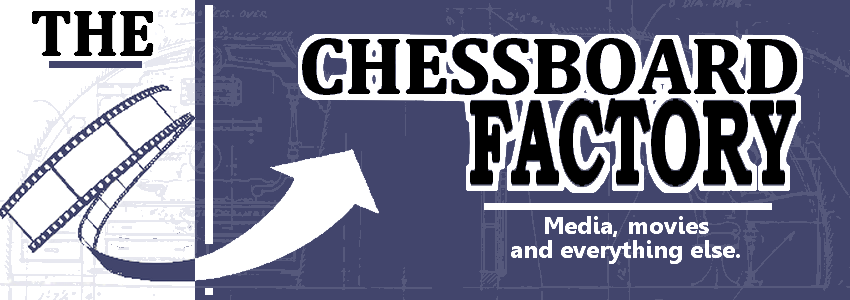 The boy posed me with quite the challenge! I wanted to write about all the things I liked about this movie but, by doing so I would automatically reveal far too much. So how to write this?
The boy posed me with quite the challenge! I wanted to write about all the things I liked about this movie but, by doing so I would automatically reveal far too much. So how to write this?I think I might have managed. But –there’s a reason why I kept this review under the hat for over a year – maybe not. Tread carefully. ‘Brahms is watching!’
Oh how I love this movie! Every once in a while you get to see a film that makes you smile from ear to ear. The boy is that for me. There are only one or two nitpicks that I would like to see differently (the shoe-inned bad boyfriend and the title, but for the rest of it: don't change a thing!
The boy is a bit of a deadpan title.
It focuses all the attention on said boy that’s for sure.
But for me I would have enjoyed something more creative
(there are already 9 different movies called the boy, boy or boys).
Maybe something as simple as the name of the boy: Brahms!
Now this is a movie that gets hurt from any review. You should go into it without knowing anything from the plot. So let’s keep the story vague: Greta (Lauren Cohan) accepts a job babysitting a small boy in jolly ol’ England. That's all you need to know. Now just let yourself get comfortably creeped out by said boy
Acting
 The movie is basically a one-woman show and Cohan is perfect as a likeable caring girl who has this underlining strength that makes you feel comfortable having her around (I guess something of The Walking Dead stuck). She's no Halloween -run away screaming- victim- which is good.
The movie is basically a one-woman show and Cohan is perfect as a likeable caring girl who has this underlining strength that makes you feel comfortable having her around (I guess something of The Walking Dead stuck). She's no Halloween -run away screaming- victim- which is good.Now, I’ve read reviews that stab at the ‘bad-acting’ in this movie and I can tell you: I’ve seen a lot worse. This isn’t a bad acted movie. Each and every actor brings his or her best to the table to bring this small tale to completion.
Script
Because that’s the strength of The boy. The basic tale is sillyto accept at first and the movie knows it. But what I like is that, after this reveal, every logical step is taken: discarding, occurrence, acceptance; the movie works as such. And as such it works marvellously.
Truth be told: the ‘sex scene’…
well let’s just say that I wouldn’t be in the mood at that time.
Especially when you realize (after seeing it) that every piece of script is -like a symnphony- keyed to the entirety of the mystery. There isn't a comma out of place. This is truly like watching a carefully constructed book; an Agatha Christie. In the end The boy ties this movie off in a wonderful black-rimmed ribbon and hands it to you as a present.
Cinematography
 The setting, then, is amazing. Here we have a haunted house that isn’t all cobwebs and shadows. No. This house might be old but it is still lived in (like Burnt offerings) so it brings a sense of ancient-ness to the table without denying the fact that it takes place in the present.
The setting, then, is amazing. Here we have a haunted house that isn’t all cobwebs and shadows. No. This house might be old but it is still lived in (like Burnt offerings) so it brings a sense of ancient-ness to the table without denying the fact that it takes place in the present.The camera makes good use of this decor. It lingers long enough on the shadows to bring the tension. Just seeing the white skinned boy glaring with his glass eyes or, the bad-boyfriend tensing up more and more is enough to bring the shivers. With the lack of music at certain key moments it are these images that haunt your irises. That with the well crafted script brings a classical ghost story that is far too rare nowdays.
Conclusion
In the end The boy might be considered a straightforward thriller with a silly story at its core. But because of the skill of the people making this (genre)picture it encapsulates the audience. Endure the boy in the most positive sense of the word. This is one haunted house movie you don’t want to miss.














